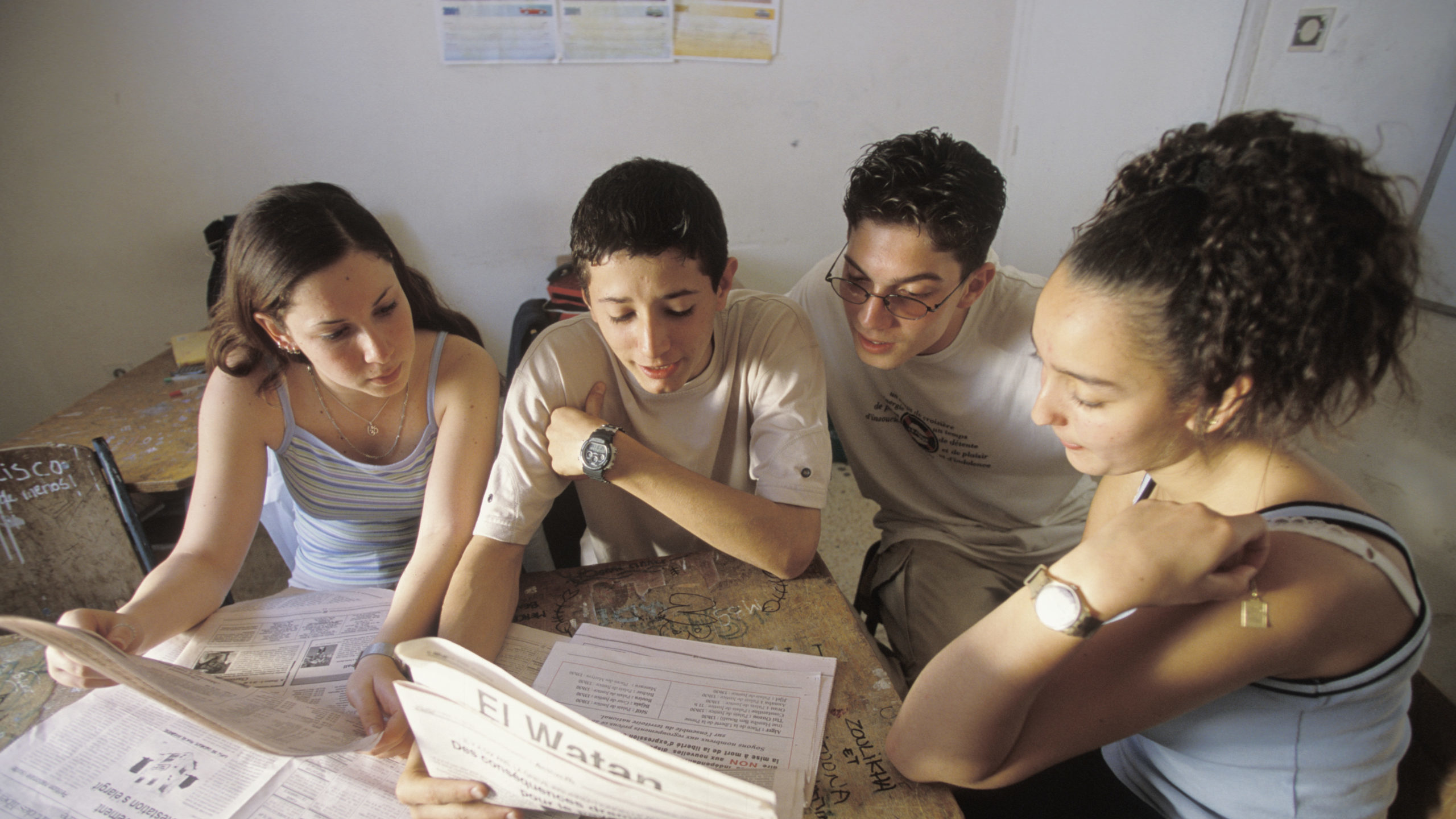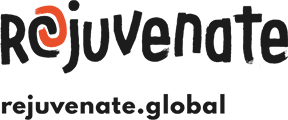project
Our Wasichana Wetu Wafaulu, Swahili for ‘let our girls succeed’, project is enabling 72,000 girls, currently in primary school, to complete their current phase of education, achieve improved learning outcomes and transition successfully to a productive and positive next phase. It builds on the successes of our previous programme Wasichana Wote Wasome, Swahili for ‘let all girls learn’, which focused on enrolment, retention, attendance and learning. The project covers 566 schools in Kenya – 493 primary and 45 secondary schools – spread across eight counties in arid and semi-arid lands (ASAL) and urban slums: Nairobi, Mombasa, Kwale, Kilifi, Tana River, Turkana, Samburu and Marsabit.
Although Kenya has attained gender parity in primary education at the national level, closer scrutiny reveals gender disparities especially in ASAL. Gendered barriers conspire with other forms of disadvantage and discrimination to particularly affect girls and women negatively. Historically, gender inequalities have entrenched unchallenged cultures of male dominance leading to marginalisation of women in many communities. Available research evidence indicates that girls are forced to forego schooling to attend to household chores, take care of ailing relatives, or contribute to family livelihood by selling wares in the markets; engaging in casual labour or working as domestic servants. Female genital mutilation (FGM), early marriages and teenage pregnancies are also stand in the ways of girls’ education especially in ASAL and urban slums.
The project’s intervention logic is geared towards addressing these complex, multi-dimensional and interrelated barriers which obstruct girls’ educational attainment and transition from primary to secondary school or other alternative pathways. As with our first programme, Wasichana Wote Wasome, we are working to effect sustainable change by addressing these barriers holistically at four levels: the girl herself, the girl in school, the girl at home and the girl in the community.
Through this project, it is expected that majority of the girls will move from lower to upper primary and then on into secondary school, achieving increasingly higher marks to attend higher performing schools. However, the project also recognises that in keeping with the principle of ‘no girl is left behind’, alternative options to secondary education are required. Thus, there are girls who despite their best efforts in academics, will drop out of primary school. For these girls, the project supports them through community-based ‘catch-up’ centres, from which they will be expected to re-enter school or take appropriate alternative pathways.
Pathway 1: primary to secondary
Project activities include: rolling out coaching into secondary schools and piloting ICT (information and communications technology) support for teachers and learners; girls’ clubs and peer mentoring in school or community leading to girls improving their health, self-confidence and aspiration to learn, and supporting holistic personal/social development; secondary school fee support, resulting in improved access to financial resources and contributing to households actively supporting girls learning, making transition easier; and forums for sensitising communities on the importance of education and positive attitudes/perceptions.
Pathway 2: primary to an alternative pathway
Activities for this pathway focus on teacher development in youth polytechnics; financial support and /or raising awareness of options for alternative pathways; and working with the private sector on new alternative pathways.
Pathway 3: dropping out of school to a catch-up class/re-entry to education
Activities for this pathway include setting up catch-up centres for alternative learning pathways; promoting re-entry options; mentorship for, self-confidence and aspiration to learn; and distribution of back-to-school kits, leading to improved access to knowledge/resources.






